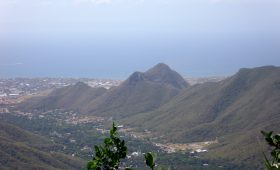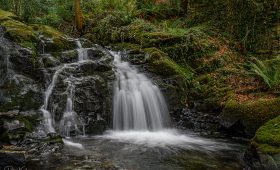Exploring Lake Nokoué
Lake Nokoué, located in southern Benin, is a significant body of water that plays a crucial role in the region’s ecology and economy. Spanning 20 km (12 mi) in width and 11 km (6.8 mi) in length, it covers an area of 4,900 ha (12,000 acres). The lake is fed by the Ouémé and Sô Rivers, which bring sediments from across the region.
The lake’s ecosystem is diverse, supporting a variety of wildlife. It is home to numerous bird species and fish, making it an essential resource for local communities. Fishing is a primary economic activity, with artisanal methods employed to catch fish from families like Cichlid, Clupeidae, and Penaeidae. These species make up 85% of the catch, with an estimated fish production of 2 tonnes per hectare annually.
However, the lake faces environmental challenges. It is a deposition site for pesticides and heavy metals from upstream industries and human settlements. While pesticide levels in fish remain below toxic thresholds, heavy metal contamination can pose health risks.
Ganvié: Life on Stilts
On the northern edge of Lake Nokoué lies Ganvié, a unique village built on stilts. Often called the “Venice of Africa,” Ganvié is home to around 20,000 people who have adapted to life on the water. The village’s residents rely heavily on the lake for their livelihoods, engaging in fishing and other water-based activities.
Visitors can explore Ganvié by navigating its narrow channels in traditional pirogues, guided by locals who offer insights into the village’s history and culture. The community’s way of life is deeply intertwined with the lake, and visitors can observe traditional customs, visit local markets, and participate in cultural workshops.
When to Visit
The best time to visit Lake Nokoué and Ganvié is during the dry season, from November to March. This period offers more pleasant weather and minimal rainfall, making it ideal for exploring the lake and engaging in birdwatching, as migratory birds are abundant during these months.
Getting There
To reach Lake Nokoué and Ganvié, fly into Cotonou, Benin’s largest city and main transportation hub. From Cotonou, the lake is about an hour’s drive away. You can hire a private car or take a taxi for convenience. For budget travelers, local buses or shared minivans are available.
Local Transportation
Once at Lake Nokoué, traditional pirogues are the primary mode of transportation for exploring the area and reaching Ganvié. These wooden canoes, propelled by paddles, offer a memorable way to navigate the lake’s waters. Local guides, often residents of the area, provide valuable insights into the lake’s ecosystem and the village’s cultural heritage.
While Lake Nokoué and Ganvié offer a unique travel experience, visitors should be aware of the environmental challenges facing the region, such as pollution and potential flooding due to climate change. These factors may impact the lake’s ecology and the livelihoods of those who depend on it.




